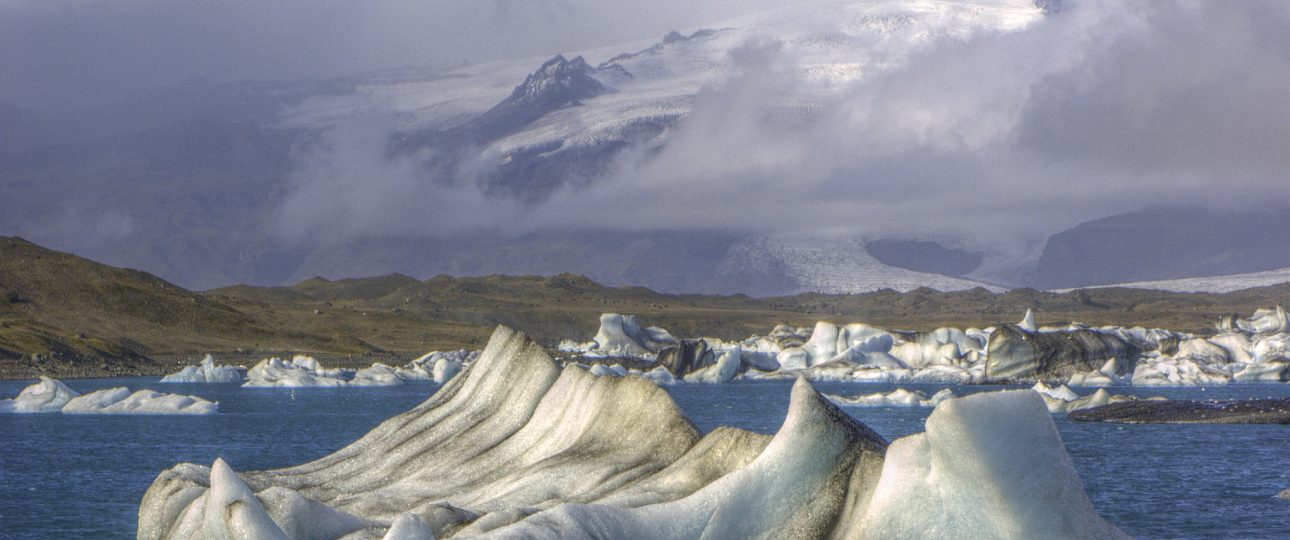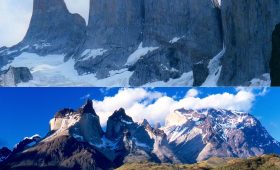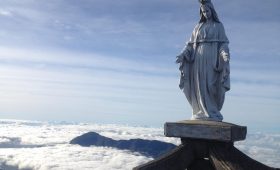Welcome to Jökulsárlón: A Unique Glacial Lagoon in Iceland
Located in the southeastern part of Iceland, Jökulsárlón is a stunning glacial lagoon that showcases the raw beauty of the country’s natural landscapes. Formed by the retreat of the Breiðamerkurjökull glacier, an outlet of the vast Vatnajökull glacier, Jökulsárlón is famous for its striking icebergs, clear waters, and diverse wildlife. Visiting Jökulsárlón offers an unforgettable glimpse into Iceland’s dynamic environment.
What Makes Jökulsárlón Special?
Jökulsárlón is more than just a picturesque lagoon; it is a testament to nature’s power and beauty. Here are some highlights that make this destination truly remarkable:
- Icebergs of Various Shapes and Colors: The lagoon is filled with icebergs that have calved from the Breiðamerkurjökull glacier. These icebergs vary in shape and color, ranging from deep blue to pristine white.
- Rich Wildlife: The lagoon is home to seals, often seen swimming or resting on the icebergs. Bird enthusiasts can also spot various species, including skuas, which nest around the lake during summer.
- Proximity to Vatnajökull National Park: Jökulsárlón is conveniently located near Vatnajökull National Park, offering access to hiking trails, waterfalls, and other natural wonders.
- Scenic Views: The contrast between the ice, water, and surrounding mountains creates a breathtaking landscape, particularly during sunrise and sunset.
- Famous Film Location: Jökulsárlón has been featured in several films, including the James Bond movie “Die Another Day,” adding to its allure.
Best Time to Visit Jökulsárlón
The best time to visit Jökulsárlón depends on what you want to experience. Here’s a seasonal guide:
Summer (June to August)
- Extended daylight hours provide excellent photography opportunities.
- Wildlife is abundant, with seals frequently visible.
- Milder temperatures make outdoor activities more comfortable.
Autumn (September to November)
- Fall foliage adds a beautiful backdrop to the landscape.
- Fewer tourists create a more peaceful experience.
- The Northern Lights may start appearing by late September.
Winter (December to February)
- The lagoon may partially freeze, creating a unique winter scene.
- Increased chances of witnessing the Northern Lights.
- Fewer crowds allow for a more intimate connection with nature.
Spring (March to May)
- Icebergs begin to melt and reshape, offering fresh views.
- Spring flowers add color to the landscape.
- Wildlife, including migratory birds, returns to the area.
How to Get to Jökulsárlón
Reaching Jökulsárlón is straightforward, whether by car or public transport:
By Car
The most popular way to reach Jökulsárlón is by car. The drive from Reykjavík takes about 4-5 hours along the scenic Ring Road (Route 1). Consider these tips:
- Take breaks to enjoy sights like Seljalandsfoss and Skógafoss waterfalls.
- Check road conditions, especially in winter, as weather can change rapidly.
By Bus
Several bus companies offer routes from Reykjavík to Jökulsárlón. Keep in mind:
- Book tickets in advance, particularly during peak tourist seasons.
- Consider guided tours that include stops at other attractions.
Local Transportation and Accessibility
Once at Jökulsárlón, exploring the area is easy:
Walking
The lagoon’s surroundings are pedestrian-friendly, allowing you to stroll along the water’s edge and enjoy the views.
Boat Tours
For a closer look at the icebergs, consider a boat tour. This offers a unique perspective and the chance to see seals up close. Remember to:
- Book in advance, especially during summer when tours are popular.
- Dress warmly, as it can be chilly on the water.
What to Bring
To make the most of your visit to Jökulsárlón, consider bringing these essentials:
- Camera: Capture the stunning icebergs and scenery.
- Warm Clothing: Layering is key, as temperatures can fluctuate.
- Comfortable Footwear: Sturdy shoes are a must for walking around the lagoon.
- Binoculars: Ideal for wildlife watching.
- Snacks and Water: While some facilities are available, it’s good to have your own supplies.
Nearby Attractions
While Jökulsárlón is a highlight, there are other nearby attractions worth visiting:
Diamond Beach
Just a short walk from the lagoon, Diamond Beach features black sand where icebergs wash ashore, creating a spectacular sight. Tips for visiting:
- Visit during sunrise or sunset for the best photography opportunities.
- Be cautious near the water, as waves can be unpredictable.
Vatnajökull National Park
This expansive national park surrounds Jökulsárlón and offers incredible hiking trails, stunning landscapes, and glacier tours. Highlights include:
- Hiking in Skaftafell, where you can see waterfalls and diverse flora.
- Exploring Svartifoss, known for its unique basalt columns.
Travel Tips for Visiting Jökulsárlón
Enhance your visit with these practical tips:
- Check the Weather: Icelandic weather can be unpredictable, so always check the forecast before heading out.
- Stay Safe: Stick to marked paths and be cautious near the water’s edge.
- Respect Nature: Leave no trace and take all your rubbish with you.
Summary of Key Facts
- Jökulsárlón is a stunning glacial lagoon in southeastern Iceland.
- Best times to visit vary by season, with summer ideal for wildlife and winter for Northern Lights.
- Accessible by car and bus from Reykjavík, with pedestrian-friendly areas to explore.
- Boat tours offer a unique perspective of the icebergs and wildlife.
- Nearby attractions include Diamond Beach and Vatnajökull National Park.
- Essential items to bring include a camera, warm clothing, and snacks.
In conclusion, Jökulsárlón is a mesmerizing destination that highlights the raw beauty of Iceland’s natural landscapes. Whether you’re an adventurer or a traveler seeking tranquility, this glacial lagoon offers a unique and memorable experience.




